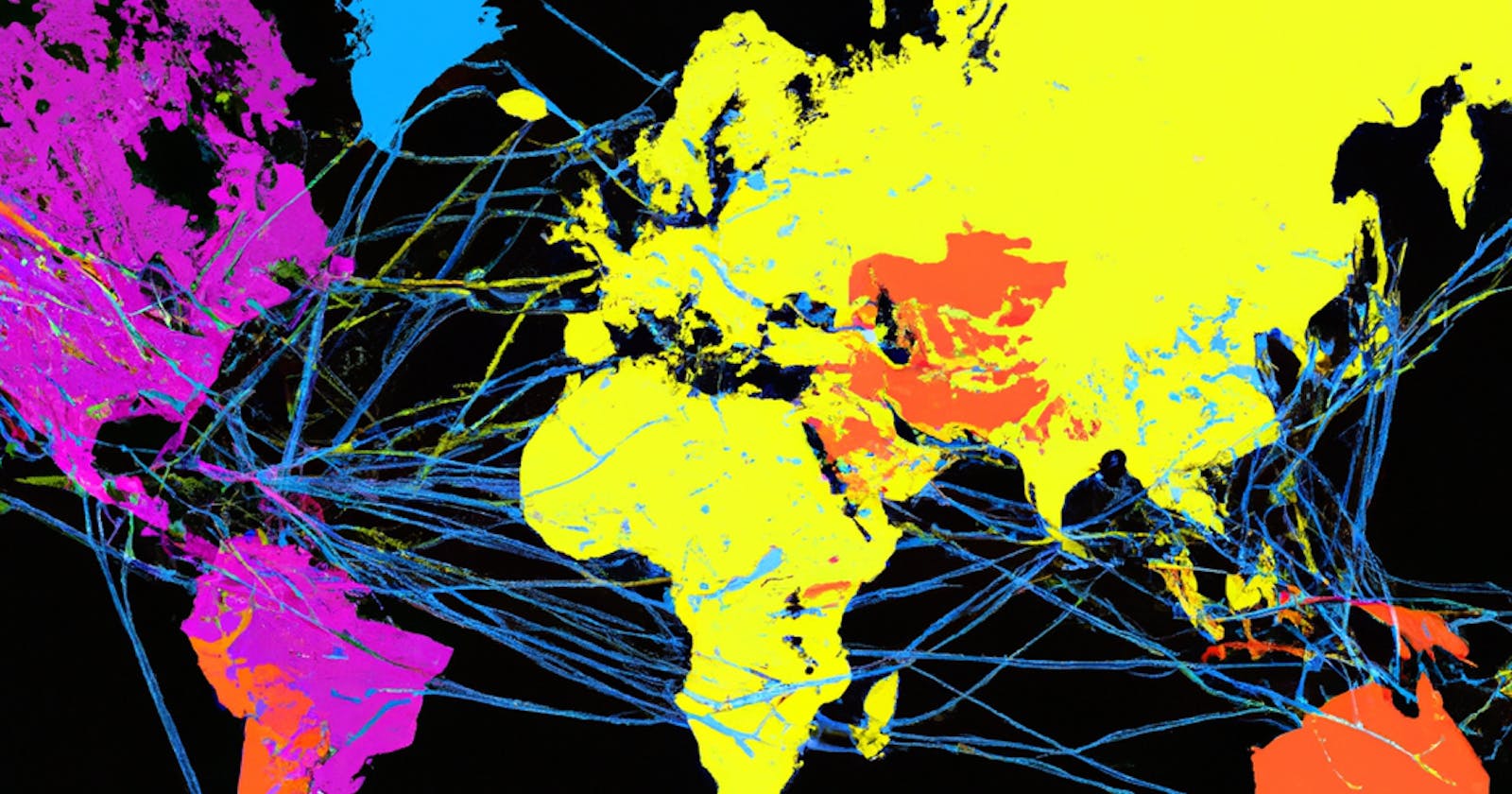Table of contents
The global network of tech hubs, as of September 24, 2023.
What is the Global Tech Ecosystem?
The global tech ecosystem refers to the interconnected network of individuals, resources, and infrastructure that collectively drive innovation, development, and adoption of technology on a global scale. They are companies, organizations, entrepreneurs, investors, and other stakeholders involved in the technology industry worldwide. This ecosystem encompasses various sectors, including software development, hardware manufacturing, artificial intelligence, biotechnology, telecommunications, and more. It is often centered around specific geographic regions or industries and plays a crucial role in shaping the future of technology and the digital economy. It plays a crucial role in driving innovation, economic growth, and societal advancement.
Key aspects by region
Key aspects of tech ecosystems can vary by region due to factors such as the local economy, culture, government policies, and the specific industries and technologies that thrive in that area. Here are some key aspects often associated with different tech ecosystem regions:
Silicon Valley, USA:
Access to abundant venture capital.
Presence of prestigious universities like Stanford and UC Berkeley.
A culture of risk-taking and entrepreneurship.
High concentration of tech giants and startups.
A history of innovation in hardware and software technologies.
Tel Aviv, Israel:
Strong focus on cybersecurity and military technology.
A pool of talent with military service backgrounds.
Active government support for startups and innovation.
Collaboration between universities and startups.
Beijing/Shanghai/Shenzhen, China:
Access to a massive domestic market.
Strong government support and investment in technology.
Rapidly growing tech companies like Alibaba and Tencent.
Emerging areas of expertise in AI, e-commerce, and hardware manufacturing.
Bangalore, India:
Thriving IT services industry.
A hub for software development and outsourcing.
Presence of major IT companies and startups.
Strong connections to global tech companies.
London, UK:
Leading fintech hub in Europe.
Focus on creative industries, including media and advertising.
Strong financial sector.
Access to diverse talent from around the world.
Berlin, Germany:
Flourishing startup culture.
Concentration of co-working spaces and incubators.
Emerging expertise in e-commerce and software development.
Access to European markets.
Singapore:
Business-friendly environment.
Strategic location for regional expansion.
Government incentives for tech companies.
Strong focus on fintech and smart city technologies.
Silicon Wadi, Israel:
Concentration of tech companies and startups.
Expertise in areas like cybersecurity, AI, and semiconductor manufacturing.
Collaboration between defense technology and civilian tech sectors.
Research Triangle Park, USA:
Presence of renowned research universities.
Strong emphasis on biotechnology and pharmaceuticals.
Research institutions partnering with tech companies.
Access to a highly educated workforce.
Boston/Cambridge, USA:
Hub for life sciences, healthcare, and biotechnology.
Proximity to prestigious universities like Harvard and MIT.
Strong focus on medical research and innovation.
High levels of venture capital investment in healthcare startups.
These key aspects are often shaped by the unique strengths and characteristics of each region's tech ecosystem and the industries that have thrived there. However, it's important to note that tech ecosystems are dynamic and can evolve in response to changing economic, technological, and cultural factors.

